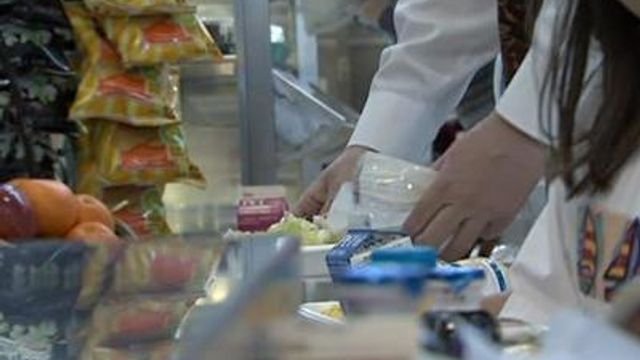More students getting school-lunch help
The number of students statewide receiving free or reduced-price lunches jumped 16.5 percent over the past year, with more than 46,000 enrolled in the program, as of Aug. 31.
Posted — UpdatedWake County alone has processed about 500 applications a day over the past month from families applying for the first time, as well as those wanting to renew their benefits, said Marilyn Moody, director of the Wake County Public School System's Nutrition Services.
"Our number is a reflection of the economy, and we have more and more parents coming into our office saying, 'I don't know a thing about your program. I've never needed your benefit, but I'm unemployed. I've been laid off, and I need help,’" Moody said.
Jacqueline Ward, who has been looking for a job since November, registered her children for the first time this year.
"My thoughts were, 'God, I hope I get this, because it's going to be a problem or a hassle to make sure they have breakfast and lunch,'" she said.
Under the program, students who qualify either get their meals free or pay 30 cents for breakfast and 40 cents for lunch.
So far, more than 6,000 additional students will get free or reduced meals this year in Wake County. Part of the reason that number is so high, officials say, is that more of those students' families are qualifying for food stamps.
"We have an increase of about 20,000 individuals (statewide) every month that are added to the food nutrition rolls," said Dean Simpson, chief of the state Department of Health and Human Services' Division of Social Services Economic and Family Services Section .
To be eligible for free and reduced-price lunches, a family must make no more than 185 percent of the poverty level. That would mean, for example, a family of four having an income of about $40,000 or less.
For food stamps, a family income cannot be more than 130 percent of the poverty level
• Credits
Copyright 2024 by Capitol Broadcasting Company. All rights reserved. This material may not be published, broadcast, rewritten or redistributed.





